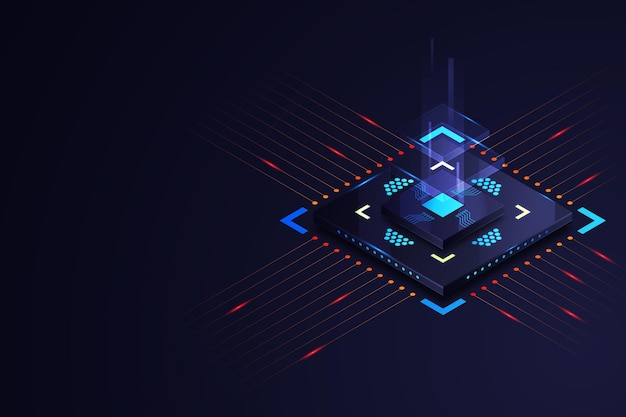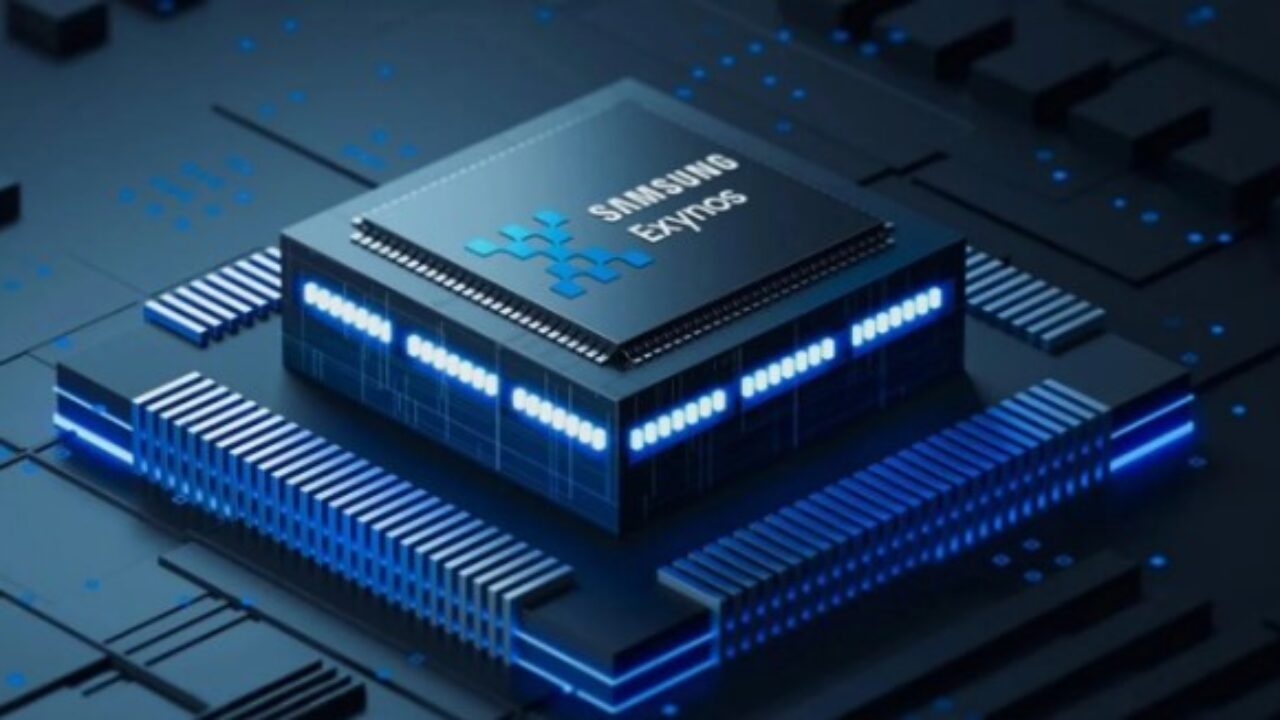Table of Contents
As we step further into the 21st century, the demand for faster, more efficient computing continues to surge. At the core of this evolution lies The Future of Processors—a realm where innovation is both constant and rapid. Processors, the fundamental components powering computers, smartphones, and a multitude of other devices, have already undergone immense transformations. With each new generation, they become more powerful, energy-efficient, and specialized to cater to the diverse demands of modern applications.
Current processors are built on established architectures, primarily x86 and ARM, and are designed to handle everything from basic computing tasks to complex machine learning algorithms. However, as technology continues to push the boundaries, The Future of Processors promises even more groundbreaking advancements, offering unprecedented capabilities across various sectors.
The Rise of Multi-Core Processors
One of the most significant trends in The Future of Processors is the continued evolution of multi-core designs. Historically, processors relied on a single core to handle all computing tasks. However, with the increasing complexity of software and the need for greater parallelism, multi-core processors have become the norm. These chips, equipped with multiple cores, can handle several tasks simultaneously, significantly boosting overall performance.
As software becomes more sophisticated, requiring immense parallel processing power, the demand for processors with even more cores will grow. The trend is already evident in high-performance computing environments, such as data centers and gaming systems, and will soon trickle down to consumer-grade devices. Innovations in multi-core architecture will enable processors to handle increasingly complex workloads without sacrificing speed or efficiency.
Quantum Computing: A Game-Changer for Processors
In parallel with advances in traditional processor design, The Future of Processors is also being shaped by the emergence of quantum computing. Unlike classical processors that use bits to represent data as either 0 or 1, quantum computers use qubits, which can exist in multiple states simultaneously. This ability to process vast amounts of information in parallel could lead to groundbreaking advancements in fields like cryptography, drug discovery, and material science.
Although still in its early stages, quantum computing is poised to redefine what processors can achieve. Tech giants such as IBM and Google are already making significant strides in quantum processor development, promising to unlock computational potential far beyond what today’s processors can offer. However, challenges such as qubit stability and error correction must be overcome before quantum processors become mainstream.
Integration of Artificial Intelligence in Processors
Another transformative trend in The Future of Processors is the integration of artificial intelligence (AI) capabilities directly into the chip. AI-powered processors, sometimes referred to as neural processors or AI accelerators, are designed to handle the unique computational demands of machine learning and deep learning algorithms.
AI chips are already being used in applications ranging from facial recognition and voice assistants to autonomous vehicles and predictive analytics. By incorporating AI processing capabilities at the hardware level, processors can significantly improve the efficiency of these tasks, reducing latency and energy consumption. In the future, as AI continues to evolve, the processors themselves will become smarter, learning from the data they process to optimize performance dynamically.
Advancements in Energy Efficiency
As the world moves toward sustainability, The Future of Processors will also be heavily influenced by advancements in energy efficiency. The rising demand for computing power has led to an increase in energy consumption, particularly in data centers and mobile devices. However, energy-efficient processors are now a critical focal point for researchers and engineers.
Modern processors are already designed with power-saving features, such as dynamic frequency scaling and low-power idle states. Moving forward, the integration of new materials, such as graphene and carbon nanotubes, could pave the way for processors that consume significantly less power without compromising performance. Additionally, the use of neuromorphic computing, which mimics the human brain’s architecture, could lead to even greater energy efficiency by enabling processors to process information in a more bio-inspired manner.
Specialized Processors for Emerging Applications
As The Future of Processors unfolds, specialized processors are becoming increasingly common. These processors are tailored for specific applications, offering optimized performance in areas such as graphics rendering, AI, and cryptography. Graphics processing units (GPUs), for instance, have revolutionized gaming and machine learning by providing immense parallel processing power.
We are also seeing the rise of application-specific integrated circuits (ASICs) and field-programmable gate arrays (FPGAs) in niches like cryptocurrency mining and edge computing. These specialized chips offer enhanced performance for particular tasks, far surpassing the general-purpose processors in efficiency. As new industries and applications emerge, the demand for tailored processors will likely continue to grow, pushing the boundaries of what computing devices can accomplish.
The Role of 3D Chip Stacking
Another promising development in The Future of Processors is the rise of 3D chip stacking technology. Traditional processors are built in a two-dimensional architecture, with components placed on a single flat layer. However, 3D chip stacking involves stacking multiple layers of silicon chips on top of each other, creating more compact and efficient processors.
This technology allows for greater density and improved performance by reducing the distance data needs to travel between components. 3D stacking also facilitates better heat dissipation, a critical factor as processors become more powerful. In the future, we can expect 3D chip stacking to play a crucial role in the development of high-performance processors, particularly for applications that require immense computational power, such as gaming, AI, and cloud computing.
The Future of Processors is brimming with exciting possibilities, from multi-core architectures and quantum computing to AI integration and energy-efficient designs. These innovations will not only make our devices faster and more powerful but also more specialized, opening doors to previously unimagined applications. As technology continues to advance, processors will become the driving force behind the next wave of computing, powering everything from smartphones to autonomous vehicles, and beyond. The future is indeed bright for processors, with endless potential waiting to be unlocked.

